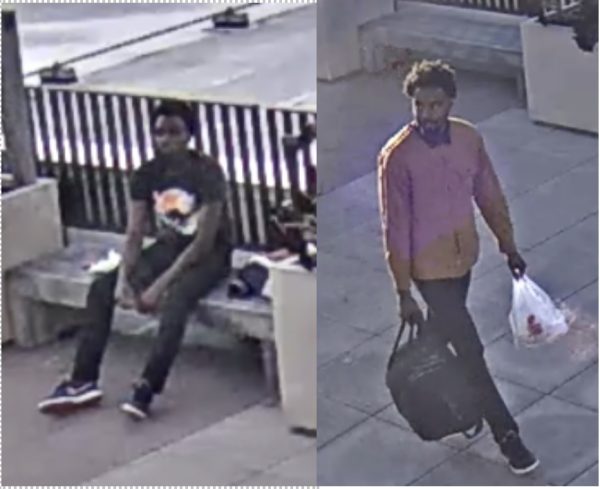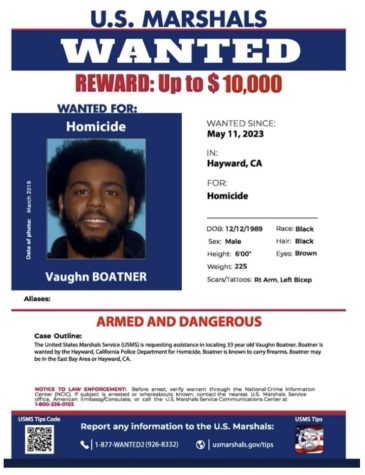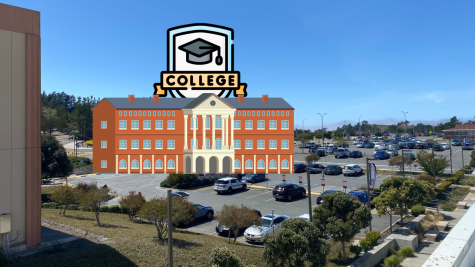New district security report for 2016 released
Coming off several proposals for bolstering public safety efforts district-wide, the annual SMCCCD security reports have been released.
The different types of policy that Public Safety enforces range from the seemingly obvious, such as guidelines concerning alcohol and drug use, to more specific topics, such as procedure for managing keys at each of the three campuses. While the report is not updated to the recent announcements between Margolis Healy and the district, it still carries useful information on how public safety works as a whole.
This district annual report further explains the local law enforcement policy evaluated by the San Mateo Grand Jury, such as the policy regarding the interactions between local law enforcement and each of the three campuses. For one, the report elaborates on the types of crimes reported to the district, in this case, defined as such: “willful homicide, forcible rape, robbery, and aggravated assault.”
More is said of crime response, and how the district deals with crime. The district is required to, “provide ‘timely warnings’ and a separate, more extensive public crime log.” In this context, “timely warnings” cover reports from other sources such as local police and other campus officials, along with public safety.
The public crime log “includes only incidents reported to Public Safety but covers all crimes, not just those required in the Annual Safety and Security Report, meaning incidents such as theft are also included in the log.
The report also tells of the district maintaining a daily crime log, which records all “crimes or serious incidents” at any of the three campuses, including more specific information such as the nature of the crime, the time at which it happened, the date, and general location.
Emergency response procedures got their own section in the report as well. Each of the procedures that the district carries out is established by the district Chancellor, and each of these programs must comply with national standards such as the National Incident Management System and Standardized Emergency Management System.
Criteria for compliance with these standards includes establishing disaster programs, completion of training sessions by faculty along those NIMS and SEMS guidelines, and this training must vary based on specific roles. The plan also states that college faculty also act as disaster service workers, since they are public employees.
But how do groups such as first responders factor in?
In this case, first responders usually become aware of emergency situations when Public Safety receives a report, or when they are discovered on their own. First responders then confirm that a situation is actually dangerous, defined as “posing immediate threat to the health or safety to some or all members of the campus community.”
From there, the appropriate body is notified, be it law enforcement, fire departments, or Public Safety supervisors. The college is then notified later, but this notification can be delayed by the district or college in certain situations.
Notifications of such events move outwardly from the site of an incident, so those who are closest are notified first via ALERTU, a system that sends you a text or email during emergencies.
In short, while there isn’t quite as much that has changed so far, there is at least more information on some of the broader terms used by Public Safety, as well as their procedures.












